- Learning time
- 40 minutes
- First play time
- 120 minutes
Beowulf: The Legend
Designed by: Reiner Knizia
In Beowulf players take on the role of sidekicks to the famous Norse legend, competing to be the Most Valued Ally in Beowulf’s eyes at the end of the game.
However despite combative journey undertaken, there is no dice rolling. Instead players demonstrate their worthiness to Beowulf via bidding in order to claim the rewards from a series of scenarios.
The board is an L-shape and a path around it shows the journey Beowulf takes. Players accompany him, and in each scenario they bid cards from their hand to try and impress. The cards are made up of Axes, Fists, Flagons, Foxes, Boats and Masks (wild cards). Different scenarios demand different cards, and there are also two different types of bidding in the game – face-up rounds that continue until all but one player drops out (and the order they drop out in is important) and face-down bids that are all revealed at the same time. There are also some face-up rounds that are bid with gold, rather than cards.
When bidding finishes, players take their rewards – these could be victory points – representing the approval of your leader Beowulf – gold, more cards, scrolls (which will give you either victory points or gold) or occasionally the ability to heal yourself.
You’ll need to heal yourself because you can pick up scratches during the game – three of which lead to a more serious wound. They don’t hamper at all you during the game, but at the end there is a bonus for having no wounds and a very severe penalty for having three or more. Scratches and wounds can sometimes be picked up by being last, or nearly last, in the bidding. Scratches will also occur if you take a failed risk.
Risks are what give the game of Beowulf its edge of excitement. During the bidding, you can choose to take a risk by turning over the top two cards on the deck. If either of them match the symbols in the current bidding round, the risk was successful, and you add the applicable cards to your bid. However if neither cards match you are out of the round and pick up a scratch.
Beowulf can seem rather baffling on a first play. But as play progresses and the pieces fall into place, the risk-taking and card-management at the heart of the game surface.
The guru's verdict
-
Take That!
Take That!
It's not possible to target anybody in Beowulf and give them scratches or wounds. The worst that can happen - and will happen - is you will be outbid.
-
Fidget Factor!
Fidget Factor!
It's not really a game for young children because despite the relative simplicity of the rules, the successful implementation of them isn't easy!
-
Brain Burn!
Brain Burn!
There's some brain-burning in the sense of calculating odds. But ultimately the game isn't one to agonize over.
-
Again Again!
Again Again!
Risk lies at the heart of Beowulf. Older children and adults who enjoy that - and can handle losing a large chunk of their hand in a vain bid for success! - will enjoy repeated plays.

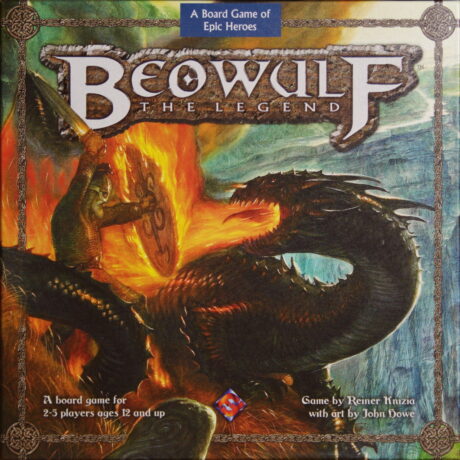
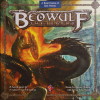
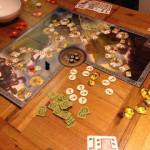
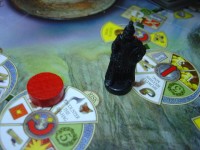
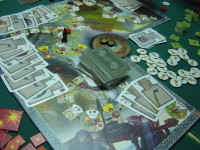
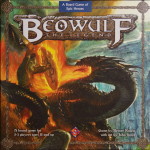


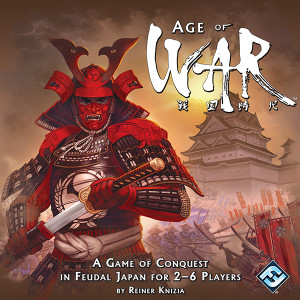
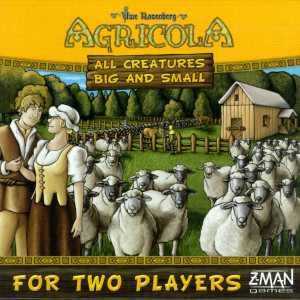
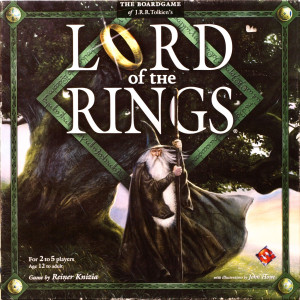
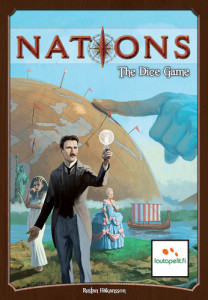
Sam says
The idea that the legend of Beowolf can be told through the medium of bidding - I have to take my hat off to the gumption. And weird as the idea is, as a game it works really well. I do think despite the claims of suiting 2-5 players, you really want at least four for the best experience. And then, it's rather fun - what saves it from merely being a series of straightforward auctions is the Risk rule, which gives things an edge of tension.